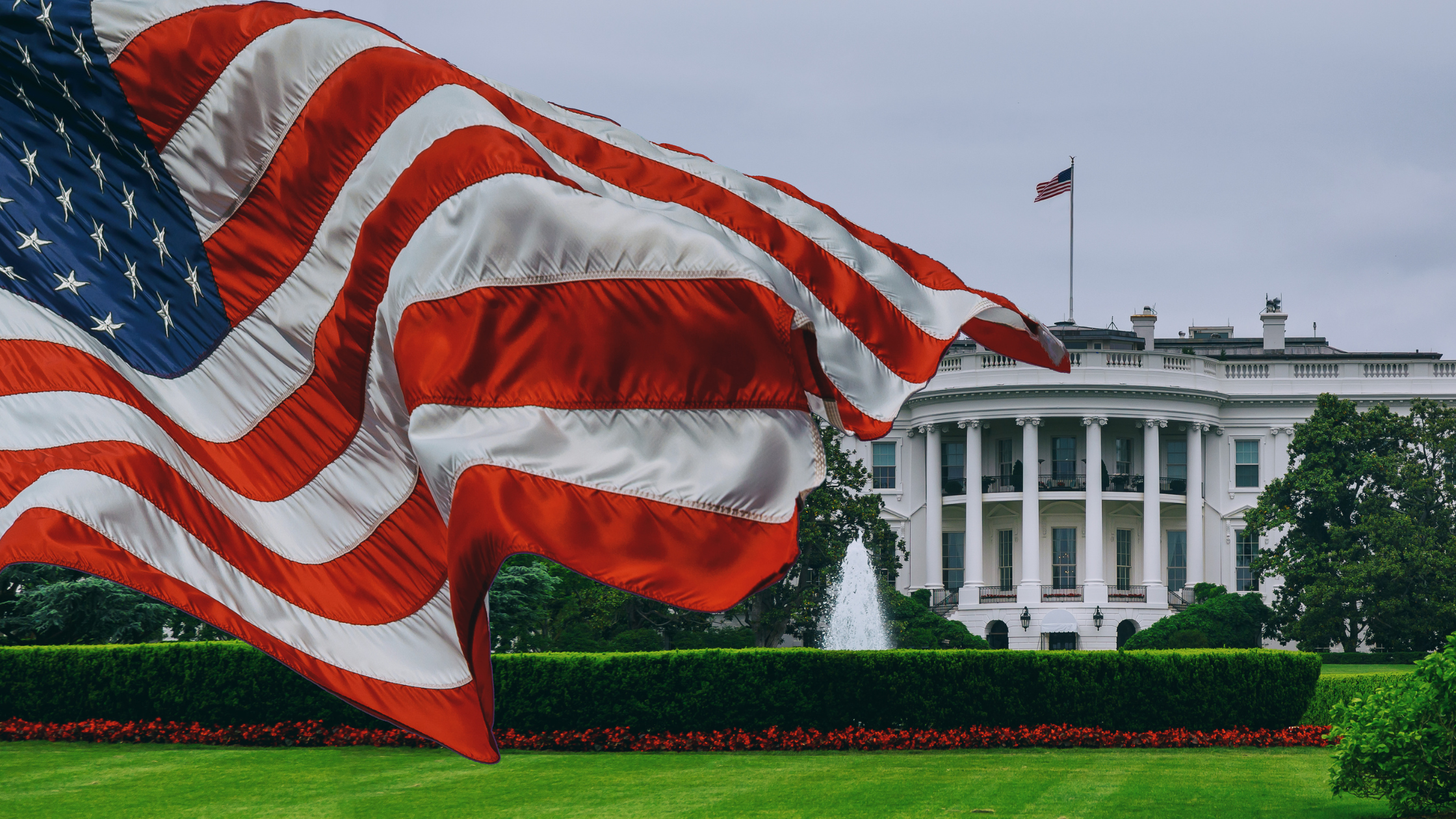Disclosure: This post contains affiliate links. We may earn a commission if you make a purchase through these links, at no extra cost to you.
Table of Contents
The White House stands as an emblem of American democracy, its stately facade reflecting the nation’s history, leadership, and enduring principles. Delving into its rich tapestry, we embark on a journey through time, unraveling the remarkable saga of the White House from its nascent stages to its contemporary prominence.
Unveiling the Legacy: A Historical Overview
The journey of the White House began with its construction in 1792, following a design competition won by Irish architect James Hoban. Originally referred to as the “President’s Palace” or the “Executive Mansion,” it was later officially named the White House by President Theodore Roosevelt in 1901.
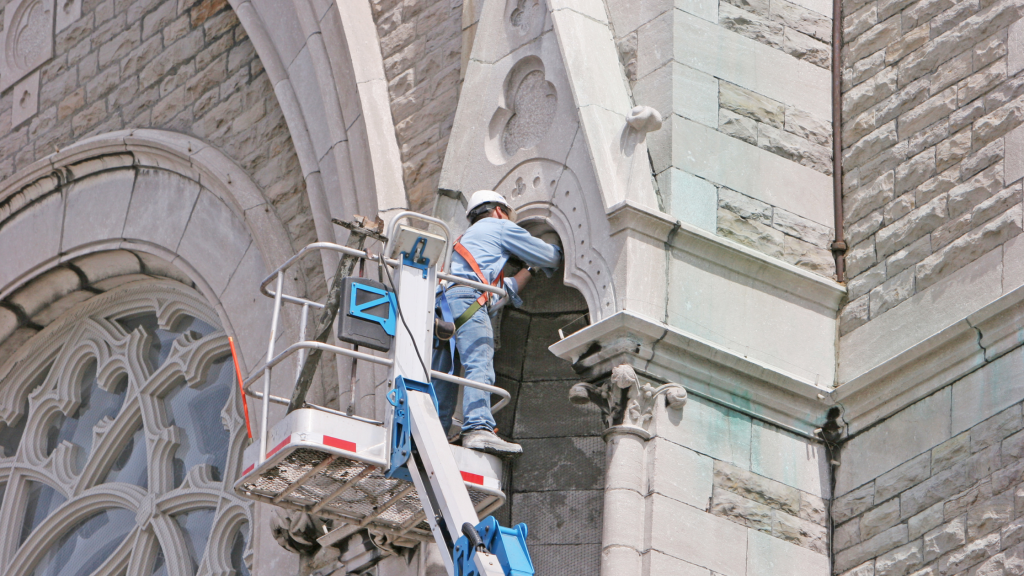
Architectural Marvels: Design and Construction
Neo-Classical Design
The White House boasts a stunning neo-classical design, inspired by ancient Greek and Roman architecture. Its iconic white façade, made of Aqua Creek sandstone, has stood the test of time, symbolizing resilience and strength.
Expansions and Renovations
Over the years, the White House has undergone several expansions and renovations to accommodate the evolving needs of its occupants while preserving its historical integrity. Notable additions include the West Wing, added by President Theodore Roosevelt in 1902, and the Oval Office, constructed during the administration of President William Howard Taft in 1909.
Early Occupancy and Challenges
In 1797, John Adams stepped into history as the first president to call the White House home, despite its incomplete state. Challenges loomed large, from labor disputes to material scarcities, yet the spirit of resilience prevailed. Thomas Jefferson, with his penchant for elegance, introduced French-inspired elements, steering the White House toward refinement.
The Burning of the White House
Amidst the tumult of the War of 1812, British forces descended upon Washington, leaving destruction in their wake. The White House stood ravaged, a testament to the trials of war. Yet, from the ashes emerged a phoenix, as restoration efforts breathed new life into the presidential abode.
Evolution of the White House
Across decades and administrations, the White House evolved, adapting to the changing tides of governance. James Monroe oversaw the culmination of post-war reconstruction, leaving an indelible mark on its architectural landscape. Theodore Roosevelt ushered in the modern era, overseeing the construction of the West Wing and implementing infrastructural upgrades.
The White House in the 20th Century
As the 20th century unfolded, the White House witnessed an era of transformation. Renovations and modernizations echoed the nation’s progress, with Theodore Roosevelt formalizing its iconic moniker. The corridors of power buzzed with presidential initiatives, shaping the course of history within its hallowed halls.
The White House in the Modern Era
In the modern era, the White House emerged as a beacon of diplomacy and leadership on the global stage. Its walls bore witness to historic milestones and watershed moments, reflecting the interconnectedness of nations in an ever-evolving world. Technological advancements imbued the White House with newfound capabilities, ensuring its relevance in the digital age.
Symbolism and Significance: Cultural and Political Influence
Symbolism of the White House
As the epitome of American governance, the White House embodies principles of democracy, freedom, and leadership. Its symbolic significance extends beyond political realms, serving as a beacon of hope and inspiration for people around the world.
Political Influence
Throughout history, the White House has been the stage for pivotal political events, from the signing of historic legislation to diplomatic summits and state dinners. It serves as a central hub for decision-making, shaping the course of American history and global affairs.

Exploring White House Traditions: From Inaugurations to Easter Egg Rolls
Inaugural Traditions
The White House is steeped in traditions, with presidential inaugurations being among the most revered. From the inaugural parade along Pennsylvania Avenue to the inaugural balls held in its grand halls, these ceremonies mark the peaceful transfer of power and the beginning of a new presidential term.
Easter Egg Roll
Dating back to 1878, the White House Easter Egg Roll is a cherished tradition that brings together families from across the nation for a day of festivities on the South Lawn. Children partake in egg-rolling races, storytelling sessions, and interactive activities, fostering a sense of community and joy.
White House: An Emblem of Resilience
Enduring Challenges
Throughout its storied history, the White House has faced numerous challenges, including fires, wars, and security threats. Yet, it has emerged stronger each time, a testament to the resilience and fortitude of the American spirit.
Restoration and Preservation
Efforts to preserve and restore the White House have been ongoing, ensuring that future generations can experience its grandeur and historical significance. The White House Historical Association and the Committee for the Preservation of the White House work tirelessly to safeguard its legacy for posterity.
Details of all the presidential terms associated with the White House:

John Adams: 1797-1801 John Adams served as the second President of the United States, residing in the White House from 1797 to 1801. His term marked the early years of the White House’s occupancy, during which the building was still under construction. Despite facing challenges such as labor disputes and material shortages, Adams became the first president to inhabit the White House, laying the foundation for its future significance in American governance.
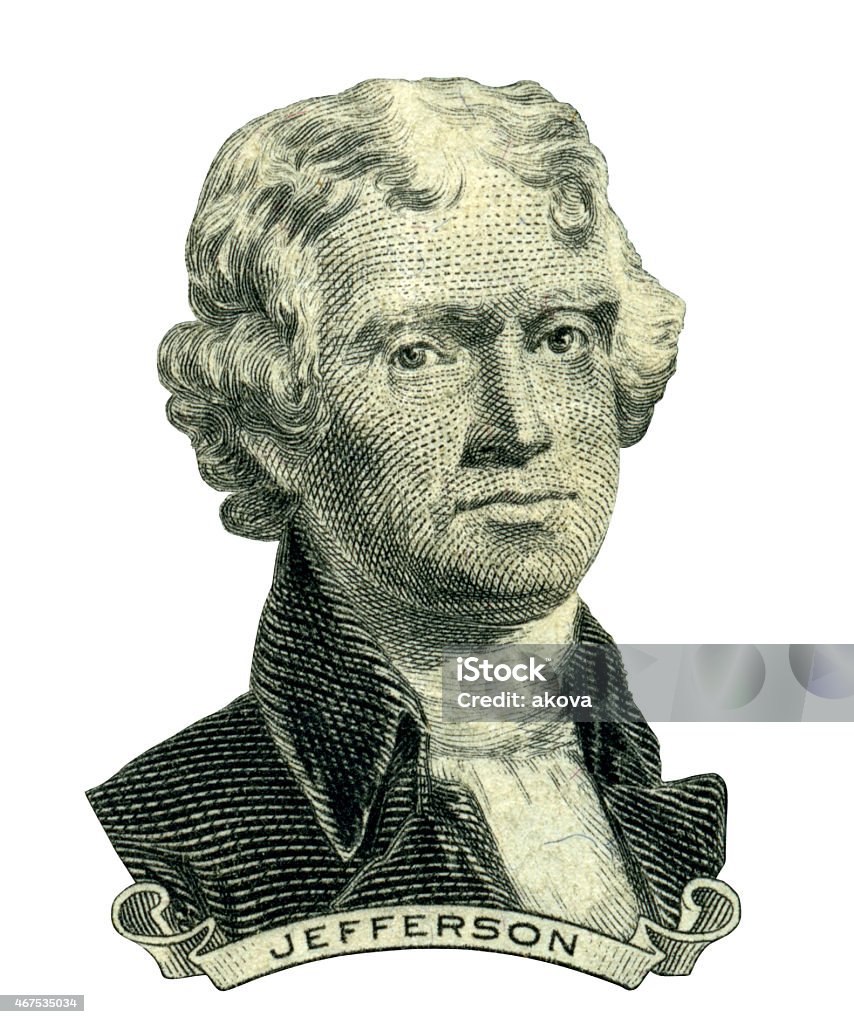
Thomas Jefferson: 1801-1809 Thomas Jefferson, the third President of the United States, assumed office in 1801 and occupied the White House until 1809. A visionary leader, Jefferson introduced French-inspired décor to the presidential residence, infusing it with elegance and sophistication. His tenure saw expansion and improvement projects, shaping the White House into a symbol of presidential prestige and refinement.
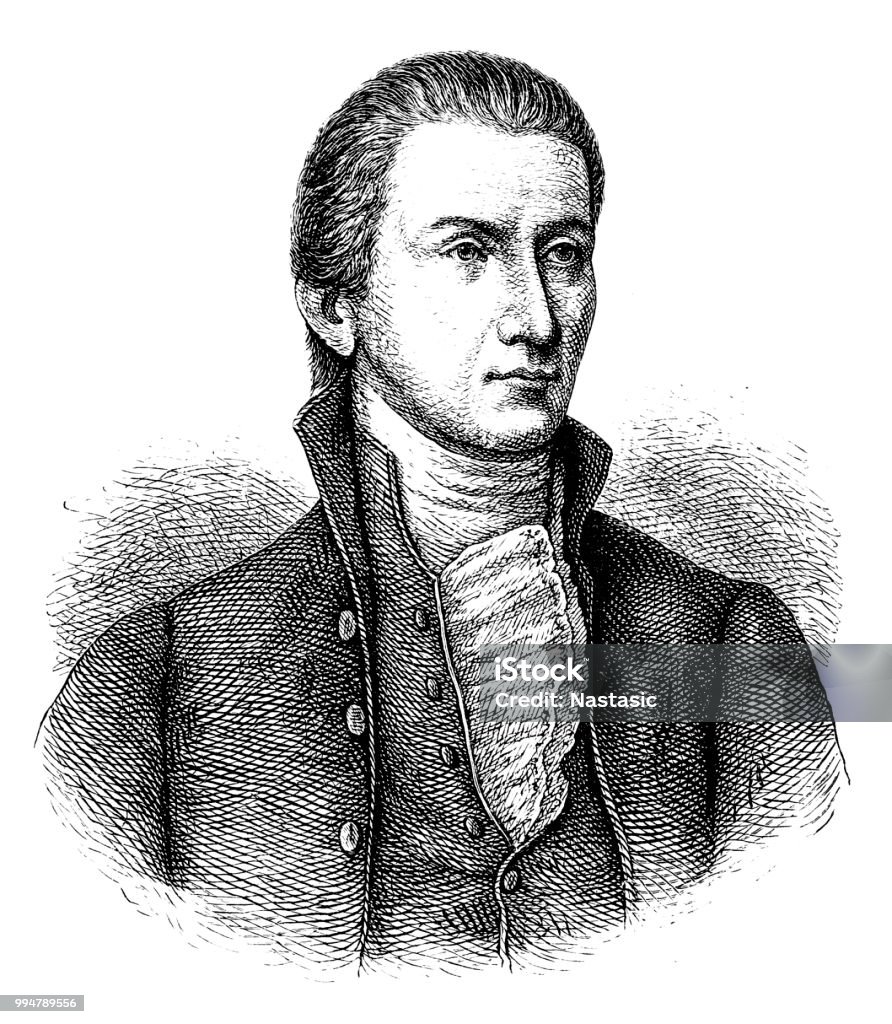
James Monroe: 1817-1825 James Monroe, the fifth President of the United States, held office from 1817 to 1825. His presidency coincided with the completion of the reconstruction of the White House following its destruction during the War of 1812. Monroe oversaw architectural enhancements to the White House, leaving a lasting imprint on its design and layout.
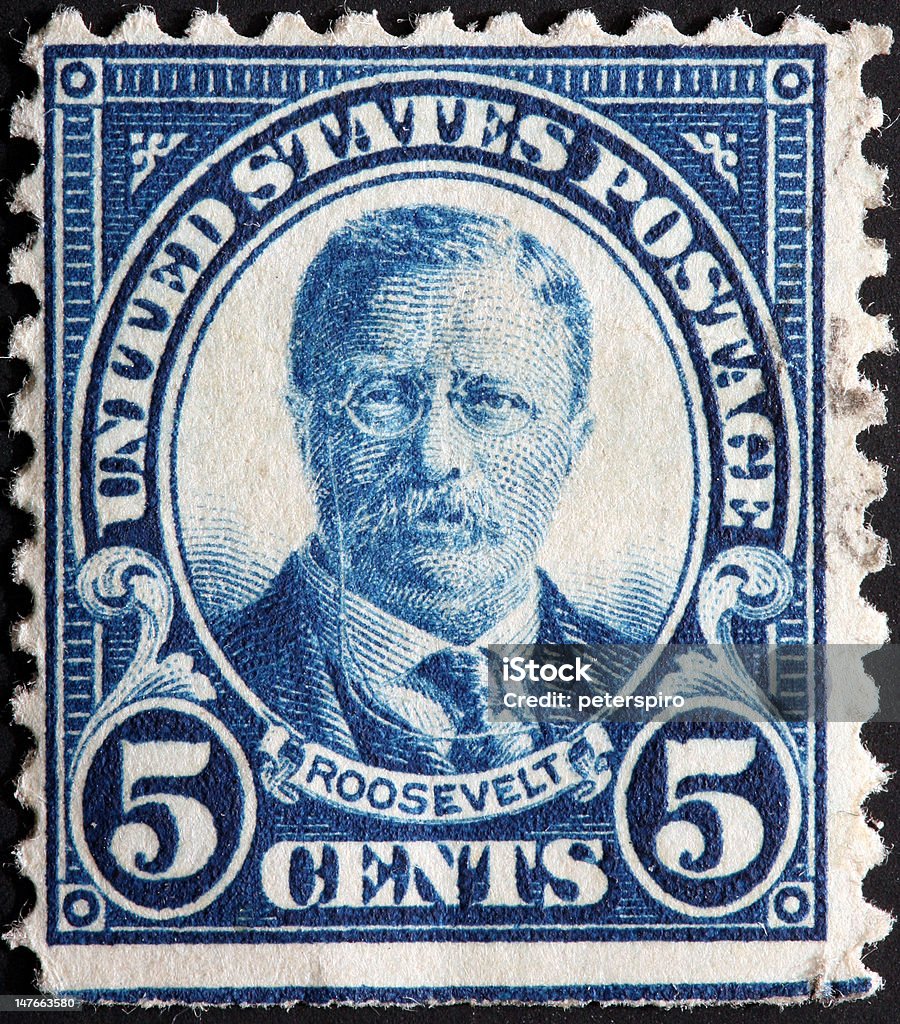
Theodore Roosevelt: 1901-1909 Theodore Roosevelt, the 26th President of the United States, served from 1901 to 1909. A transformative figure, Roosevelt oversaw significant renovations and modernizations to the White House during his tenure. He initiated the construction of the West Wing, expanding the presidential residence to accommodate the growing needs of the executive branch. Roosevelt’s legacy includes the official adoption of the name “White House,” cementing its place in American history and culture.
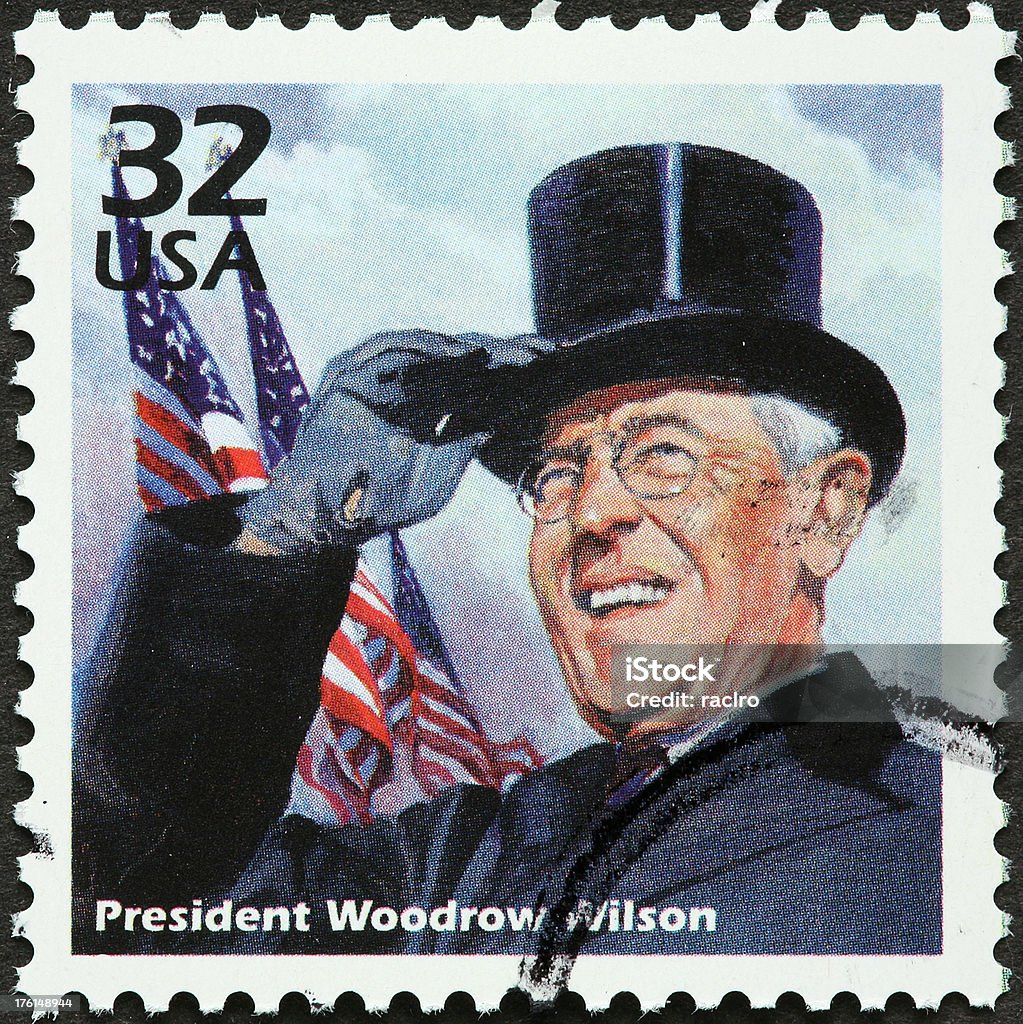
Woodrow Wilson: 1913-1921 Woodrow Wilson, the 28th President of the United States, held office from 1913 to 1921. His presidency witnessed the White House as a focal point for diplomatic endeavors, particularly during World War I. Wilson’s leadership from the Oval Office shaped international relations and paved the way for the League of Nations.
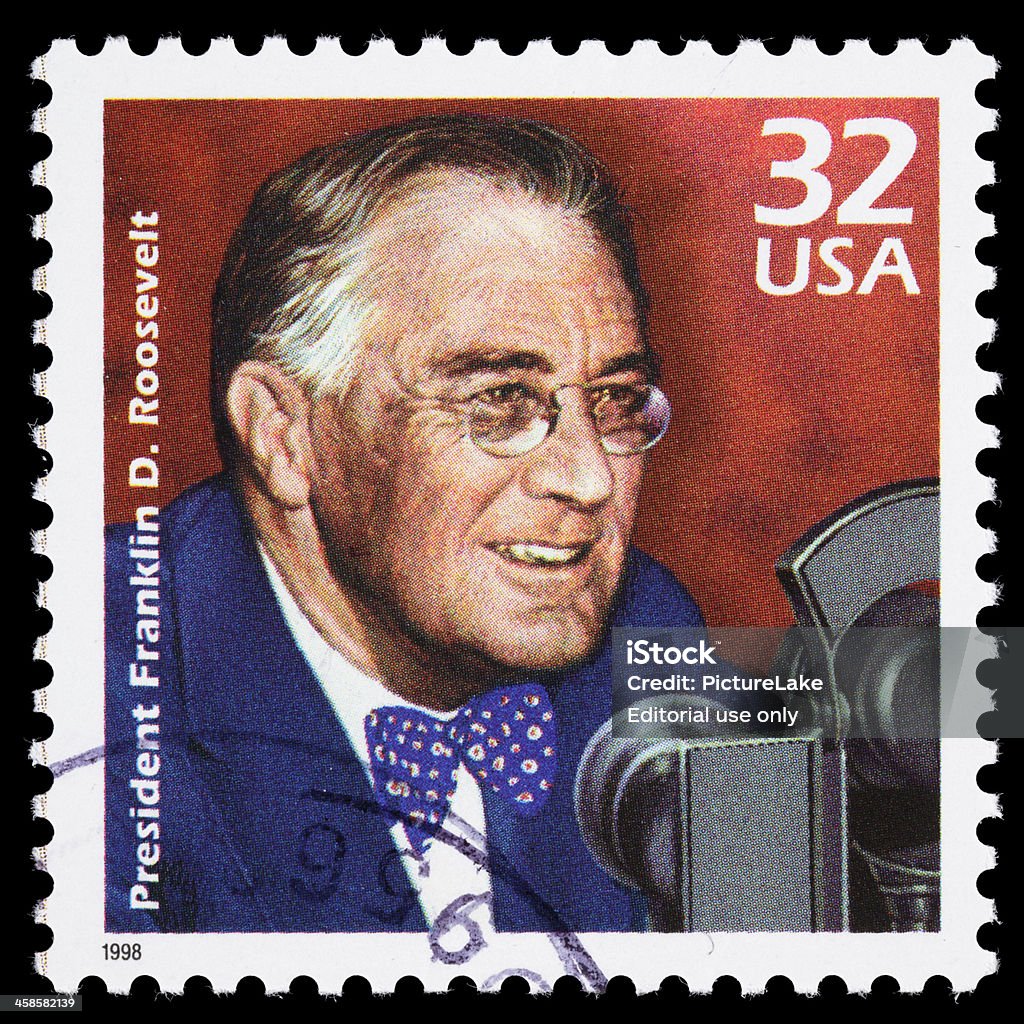
Franklin D. Roosevelt: 1933-1945 Franklin D. Roosevelt, the 32nd President of the United States, served an unprecedented four terms from 1933 to 1945. Faced with the challenges of the Great Depression and World War II, Roosevelt’s presidency transformed the White House into a center for social and economic reform. His innovative policies, known as the New Deal, reshaped American society and left an indelible mark on the nation’s history.
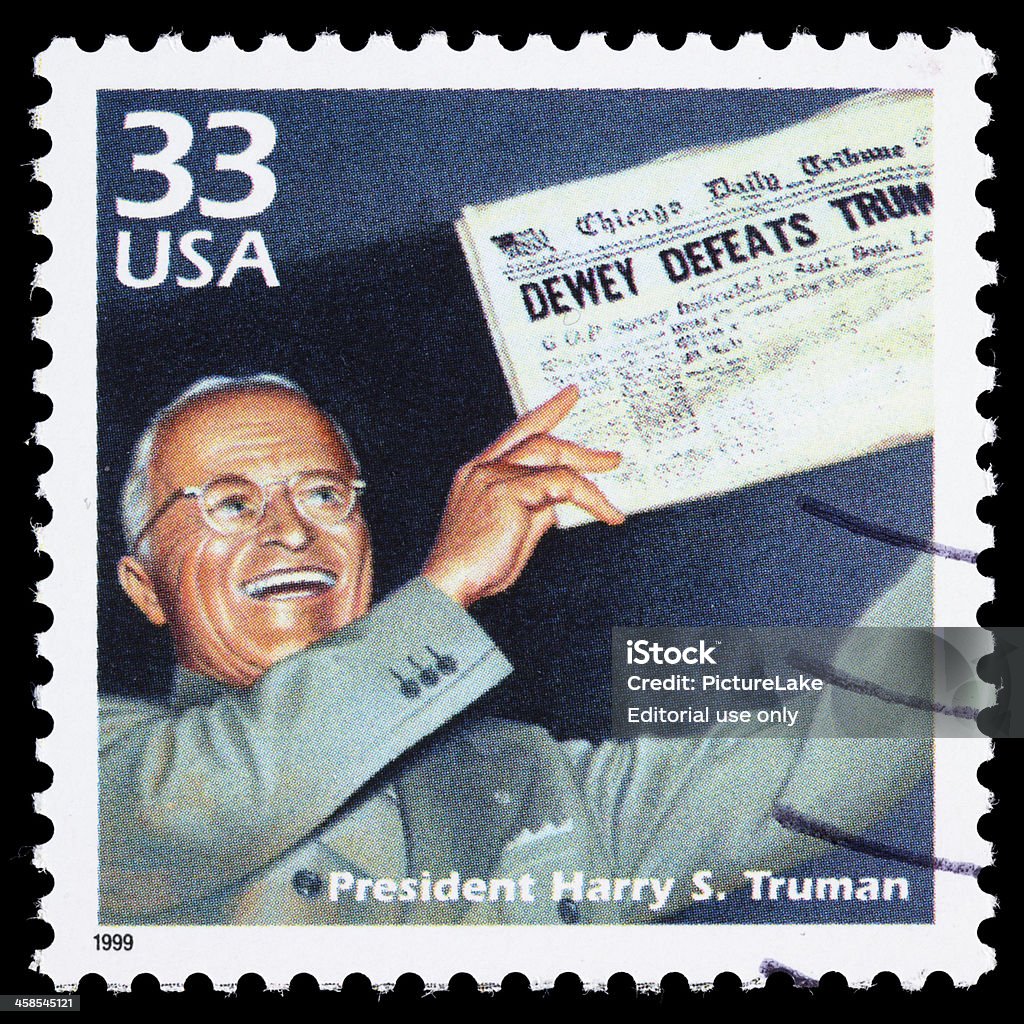
Harry S. Truman: 1945-1953 Harry S. Truman assumed the presidency in 1945 following the death of Franklin D. Roosevelt and served until 1953. Truman’s tenure saw the conclusion of World War II and the beginning of the Cold War era. The White House became a strategic hub for international diplomacy, as Truman navigated the challenges of post-war reconstruction and containment policies against the Soviet Union.
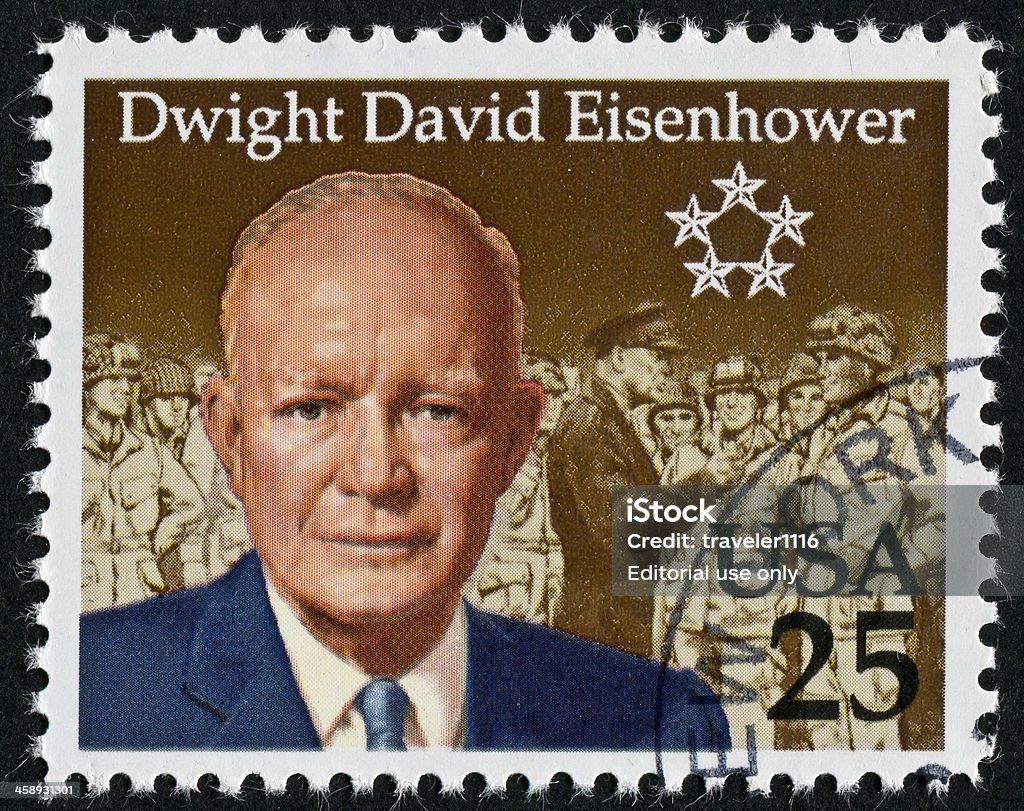
Dwight D. Eisenhower: 1953-1961 Dwight D. Eisenhower, a former military general, became the 34th President of the United States, serving from 1953 to 1961. His presidency oversaw a period of relative prosperity and stability known as the “Eisenhower Era.” The White House remained a symbol of American strength and resilience during the early years of the Cold War, as Eisenhower pursued policies of peace through strength.
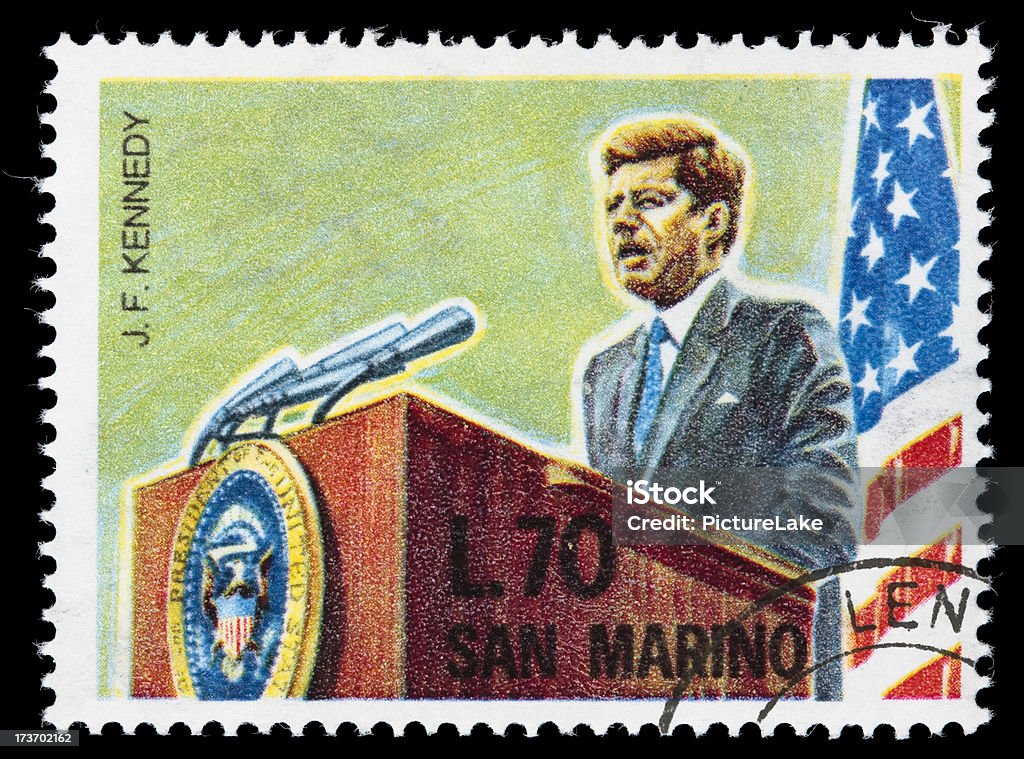
John F. Kennedy: 1961-1963 John F. Kennedy, the 35th President of the United States, took office in 1961 and served until his tragic assassination in 1963. Kennedy’s brief but impactful presidency brought a sense of youthful energy and optimism to the White House. His leadership during the Cuban Missile Crisis and commitment to civil rights underscored the White House’s role as a bastion of democracy and progress.

Lyndon B. Johnson: 1963-1969 Lyndon B. Johnson assumed the presidency following Kennedy’s assassination in 1963 and served until 1969. Johnson’s presidency was marked by the passage of landmark legislation, including the Civil Rights Act and the Voting Rights Act. The White House became a focal point for the struggle for racial equality and social justice during this turbulent period in American history.
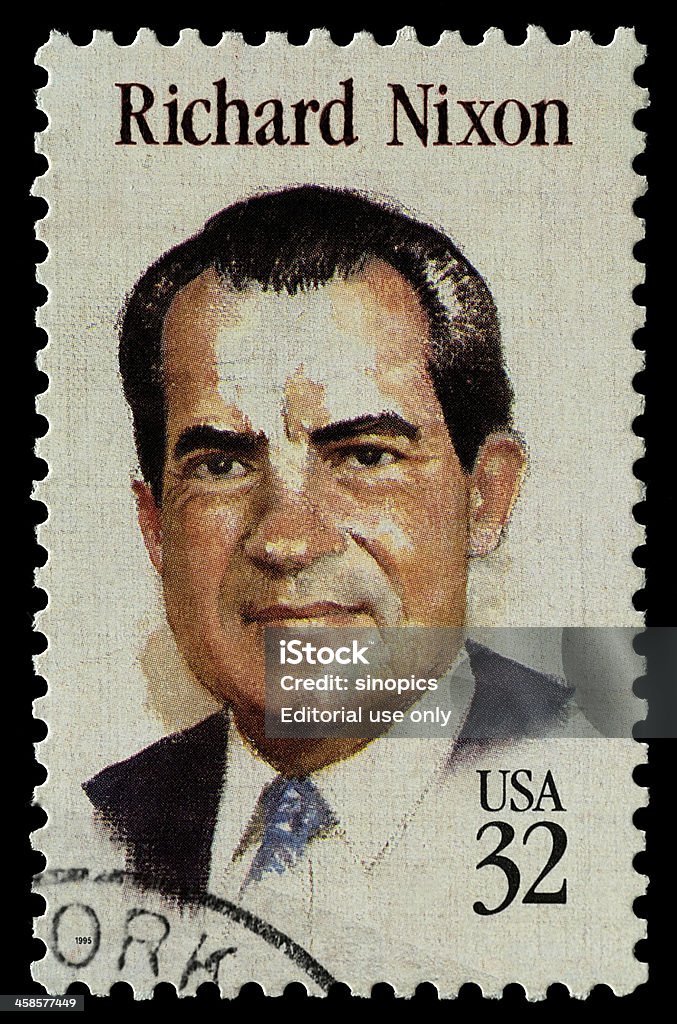
Richard Nixon: 1969-1974 Richard Nixon served as the 37th President of the United States from 1969 to 1974. His presidency was characterized by both domestic achievements, such as the establishment of the Environmental Protection Agency, and international diplomacy, including the historic visit to China. However, Nixon’s tenure was overshadowed by the Watergate scandal, leading to his resignation from office in 1974.
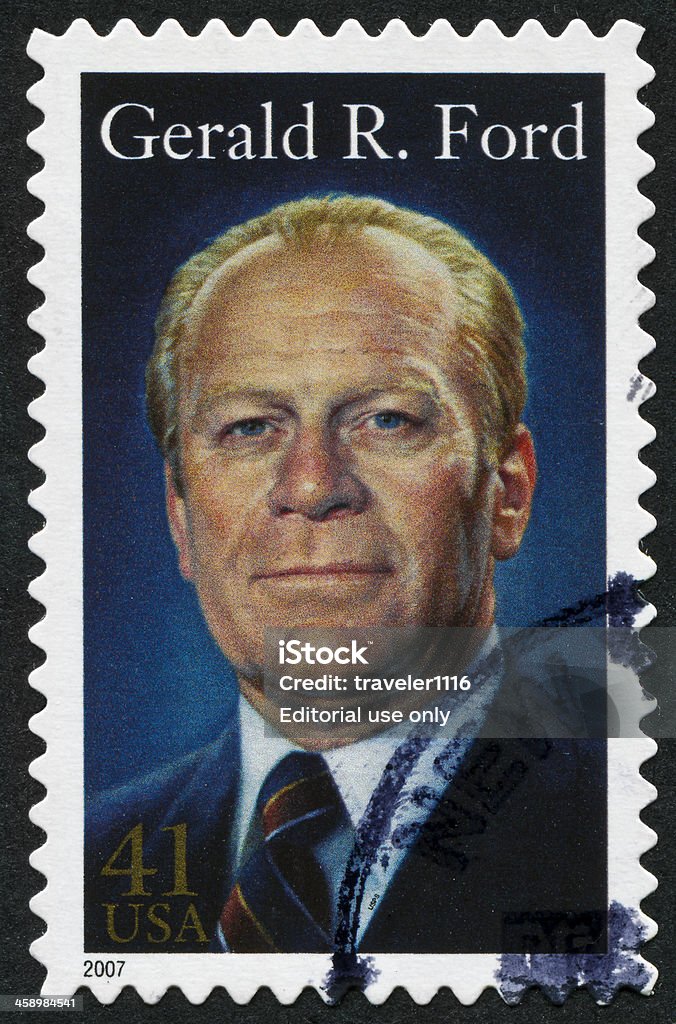
Gerald Ford: 1974-1977 Gerald Ford assumed the presidency in 1974 following Nixon’s resignation and served until 1977. Ford’s presidency focused on healing the nation’s wounds caused by the Watergate scandal and restoring public trust in government institutions. The White House became a symbol of stability and continuity during a period of political upheaval.

Jimmy Carter: 1977-1981 Jimmy Carter, a former peanut farmer from Georgia, became the 39th President of the United States, serving from 1977 to 1981. His presidency was marked by efforts to promote peace in the Middle East and address energy crises at home. The White House served as a platform for Carter’s humanitarian initiatives, including the Camp David Accords and Habitat for Humanity.

Ronald Reagan: 1981-1989 Ronald Reagan, a former actor and governor of California, served as the 40th President of the United States from 1981 to 1989. His presidency was defined by conservative policies, known as “Reaganomics,” and a renewed emphasis on American exceptionalism. The White House became a symbol of Reagan’s vision for a strong and prosperous America, as he pursued policies to stimulate economic growth and combat communism.

George H. W. Bush: 1989-1993 George H. W. Bush, a decorated World War II veteran and former CIA director, served as the 41st President of the United States from 1989 to 1993. His presidency saw the end of the Cold War and the first Gulf War, as well as efforts to promote a “kinder, gentler” nation. The White House became a center for diplomacy and coalition-building during this pivotal period in global history.
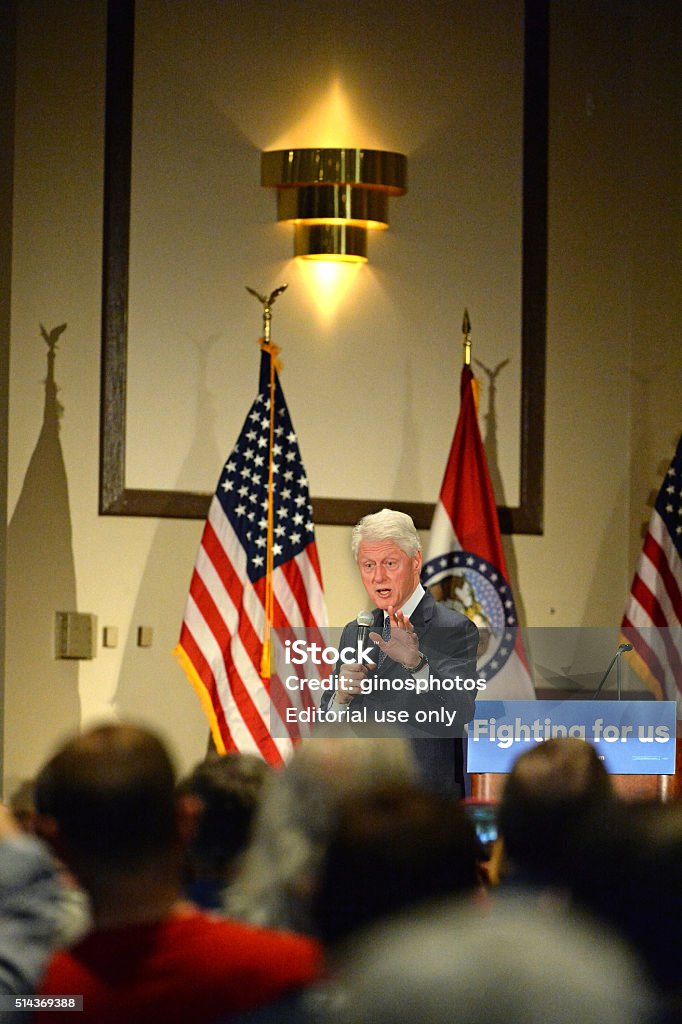
Bill Clinton: 1993-2001 Bill Clinton, a former governor of Arkansas, assumed the presidency in 1993 and served until 2001. His presidency was marked by economic prosperity and social progress, as well as controversies such as the Monica Lewinsky scandal. The White House served as the backdrop for Clinton’s ambitious policy agenda, including welfare reform and healthcare reform efforts.
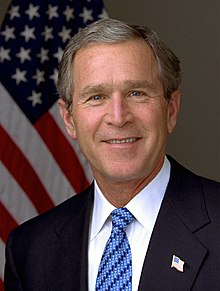
George W. Bush: 2001-2009 George W. Bush, the eldest son of President George H. W. Bush, served as the 43rd President of the United States from 2001 to 2009. His presidency began with the tragedy of the September 11th terrorist attacks, which shaped much of his administration’s focus on national security and the War on Terror. The White House became a symbol of resilience and unity as the nation rallied together in the face of adversity.
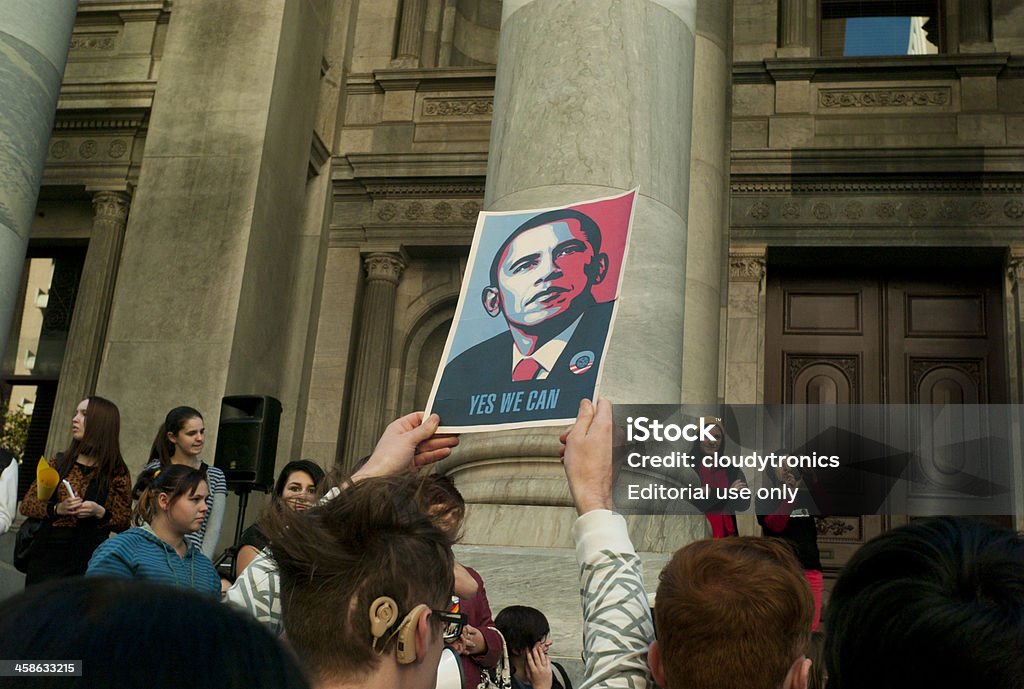
Barack Obama: 2009-2017 Barack Obama, the first African American to hold the office, served as the 44th President of the United States from 2009 to 2017. His presidency was marked by efforts to address the Great Recession, enact healthcare reform with the Affordable Care Act, and pursue diplomacy through initiatives such as the Iran nuclear deal. The White House became a beacon of hope and change during Obama’s tenure, inspiring a new generation of Americans to engage in civic life.

Donald Trump: 2017-2021 Donald Trump, a businessman and reality television star, assumed the presidency in 2017 and served until 2021. His presidency was characterized by a populist agenda, including tax cuts, deregulation, and a tough stance on immigration. The White House became a center of controversy and polarization during Trump’s tenure, as his administration faced scrutiny over allegations of collusion with Russia, impeachment proceedings, and divisive rhetoric.

Joe Biden: 2021-Present Joe Biden, a longtime politician and former Vice President under Barack Obama, assumed the presidency in 2021. His presidency has been marked by efforts to address the COVID-19 pandemic, revive the economy, and advance progressive policies on climate change and social justice. The White House serves as the nerve center for Biden’s administration, as he works to unite the country and confront the challenges facing the nation in the 21st century.
In the annals of American history, the White House occupies a hallowed position, its significance transcending mere bricks and mortar. As it gazes toward the future, it carries with it a legacy of leadership, innovation, and aspiration. Amidst the challenges that lie ahead, the White House remains an enduring symbol of America’s unwavering commitment to freedom, democracy, and progress.

